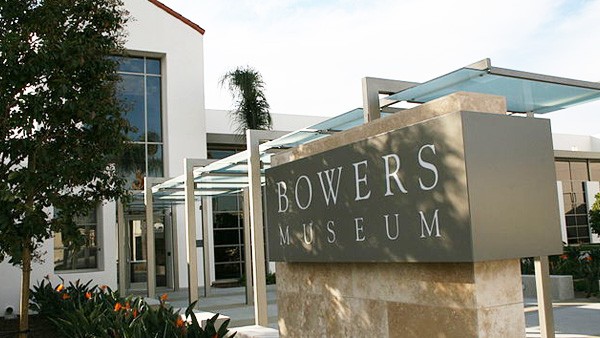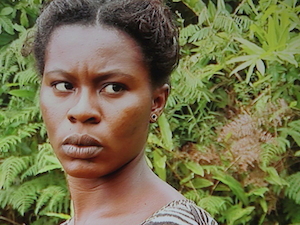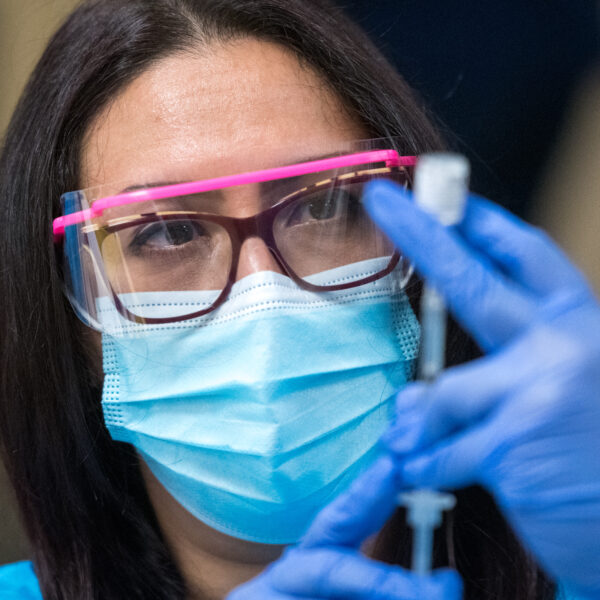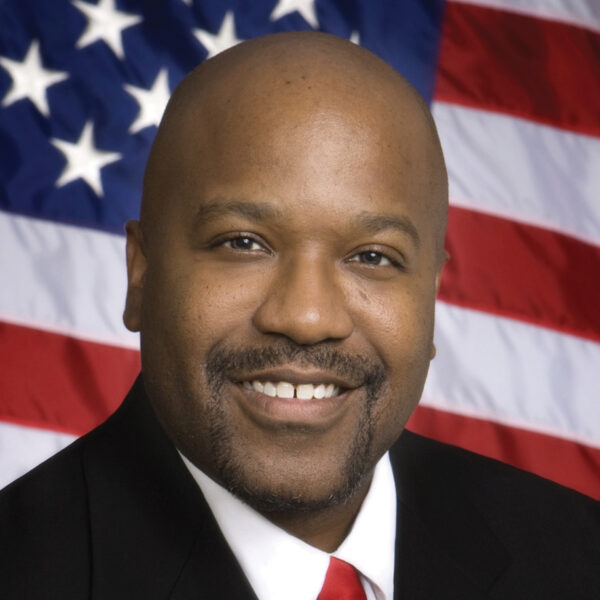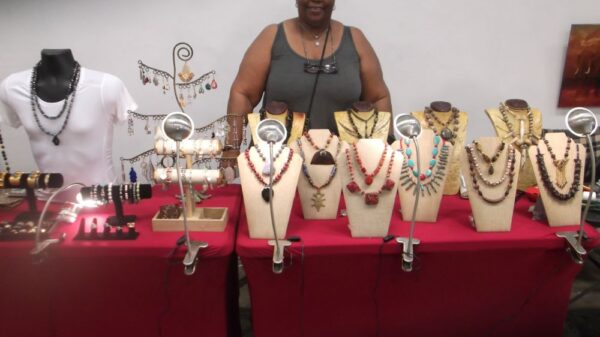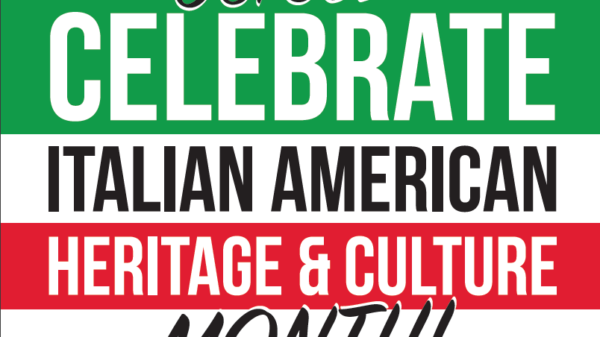On the morning of January 24, 2008, dozens of US federal agents raided four major museums across Southern California to recover looted Asian artifacts. The operation, a culmination of nearly 5 years of undercover work, jolted the world of antiquities.
LA Beez,Julian Do,Commentary
On the morning of January 24, 2008, dozens of US federal agents, right on cue, simultaneously raided four major museums across Southern California: the Los Angeles County of Museum of Arts (LACMA), the Pacific Asian Museum (Pasadena), The Bowers Museum (Orange County), and Mingei International Museum (San Diego) to recover looted Asian artifacts. The operation, a culmination of nearly five years of undercover work, jolted the world of antiquities.
 These institutions were caught red handed with hundreds of cultural antiquities illegally acquired from Thailand, Myanmar, and China by American traffickers Jonathan Markell and Robert Olsen of Los Angeles.
These institutions were caught red handed with hundreds of cultural antiquities illegally acquired from Thailand, Myanmar, and China by American traffickers Jonathan Markell and Robert Olsen of Los Angeles.
A year before this raid, the J. Paul Getty Center, another prestigious Los Angeles-based art institution, was found to have knowingly spent millions of dollars to acquire stolen antiquities from Italy and Greece as far back as 1985. The Getty, after years of lawsuits, finally agreed to return forty objects back to Italy in 2007.
Trafficking valuable arts and antiquities — unlike other black markets like drugs, stolen technology, and guns — is one of the world’s most hushed industries, yet very lucrative (estimated $6.3 billion a year) and filled with intrigue. It involves high finance, powerful elites, experts of history and cultures, sophisticated counterfeiters, and complicated international laws against the backdrop of social vanity, geopolitics and even wars. Oftentimes, the facilitators of these high stake transactions are traffickers from varying backgrounds including government officials, lawyers, mafias, and street hustlers.
 For the robbers of antiquities, it’s much less riskier to break into ancient temples in the middle of the night than holding up a bank. Plus, the rewards can also be higher. For the serious collectors, possession of valuable antiquities can enhance the institution’s prestige or the individual’s ego and bragging rights. But for the victims, the rightful owners of the looted treasures, their heritage is violated and part of their existence is stolen. This is especially true with religious objects.
For the robbers of antiquities, it’s much less riskier to break into ancient temples in the middle of the night than holding up a bank. Plus, the rewards can also be higher. For the serious collectors, possession of valuable antiquities can enhance the institution’s prestige or the individual’s ego and bragging rights. But for the victims, the rightful owners of the looted treasures, their heritage is violated and part of their existence is stolen. This is especially true with religious objects.
In his book “Who Owns Antiquity,” James Cuno, director of the Art Institute of Chicago, seems to speak for many Western museums and major collectors when he argues, “antiquities are the cultural property of all humankind.” Some historians have also chimed in that establishing legal ownership can be a challenge since some nations and cultures came into existence on top of another.
Of the 25,000 museums around the world, N. J. Merriman of the Institute of Archaeology, University College London, writes in his research, some large institutions like the British Museum and The Louvre are self-appointed preservers of humankind’s cultural antiquities. One example is the 196 BCE Rosetta Stone, the primer to understand Egyptian Hieroglyphs. Ransacked from its original Egyptian temple, the stone was used as building material in the Nile Delta area until a French soldier discovered it in 1799. When Britain defeated the French in Egypt, the stone was transferred to the British Museum in 1802, where its carved writings were deciphered. The Rosetta Stone has been kept and on display at the British Museum ever since.
However, the ways many antiquities were obtained have been a contentious issue and an outrage internationally. In the past, many of these objects were parts of the spoils of war or literally ripped apart from religious altars once the people are subjugated. In modern times, fierce competition among museums and private collectors led to aggressive methods and the mentality that if others are not returning antiquities but continuing to acquire more, why should we.
The recently-released film “The Monuments Men” pays tribute to the noble and heroic efforts of a special military unit charged with the mission to recover European valuable arts looted by the Germans during WWII. Setting the tone for the movie is this wise and virtuous quote from the unit leader Frank Stokes (played by George Clooney): “You can wipe out an entire generation, you can burn their homes to the ground and somehow they’ll still find their way back. But if you destroy their history, you destroy their achievements and it’s as if they never existed. That’s what Hitler wants and that’s exactly what we are fighting for.”
 But perversely, the line also highlights a double standard. Many former colonized nations like China, India, Egypt, Congo, Sri Lanka, Morocco, and Peru have long been demanding the same European powers of Britain, France, Belgium, Spain, Italy, and Germany to return antiquities, taken during the period of imperialism. To date, no significant antiquities have ever been returned. The perverse argument made in defense of holding on to other people’s treasures is that they would not have been preserved as well or would have disappeared in their countries of origin. Egypt, which has been demanding the return of the Rosetta Stone, Greece and China have countered that their institutions of antiquity are more than capable of taking care of their national treasures.
But perversely, the line also highlights a double standard. Many former colonized nations like China, India, Egypt, Congo, Sri Lanka, Morocco, and Peru have long been demanding the same European powers of Britain, France, Belgium, Spain, Italy, and Germany to return antiquities, taken during the period of imperialism. To date, no significant antiquities have ever been returned. The perverse argument made in defense of holding on to other people’s treasures is that they would not have been preserved as well or would have disappeared in their countries of origin. Egypt, which has been demanding the return of the Rosetta Stone, Greece and China have countered that their institutions of antiquity are more than capable of taking care of their national treasures.
At the personal level, I was stunned and saddened when I visited the two main museums in Vietnam, the National History Museum in Saigon and the National Museum of Vietnamese History in Hanoi. The displayed artifacts were so basic and limited in number. It appears after more than a century of colonialism and war, the Vietnamese people, whose history spanned several thousands of years, have lost much of their best antiquities and arts to looting and destruction. On the other hand, artifacts of atrocities from this tumultuous period are more than abundant.
I am often told that most Vietnamese antiquities, unfortunately, have not been catalogued and are scattered all over the world among individual collectors and a few major museums.
Two weeks ago, we saw the headline that the Bowers Museum of Orange County was returning 542 cultural objects to Thailand. But upon reading the details, we learn that the return resulted only after nearly 6 years of legal wrangling, since federal police raided the museum back in 2008. The museum’s resistance to return stolen antiquities is the same as that in the Getty’s case. Since 2013, under international pressure, the Getty has been conducting a comprehensive review of its entire antiquity collection of 45,000 objects to authenticate their origins.
Like other black markets, trafficking of antiquities will never stop. However, I believe restoring a people’s culture and identity should be a universal moral obligation as important as liberty and equality. Returning a piece of culture to its owners would be one of the most beautiful acts in the world.
Dr. Adrian Mark Walker, a British private citizen, did just that. Earlier this week, Walker returned a pair of Benin Bronzes that was looted 177 years ago by his grandfather, Captain Philip Walker, back to Oba Erediauwa, the great grandson of the Oba (King) of Benin of the Benin Empire, modern-day Nigeria. The Benin Bronzes, numbering about 400 statues, are part of the commemorative collection of more than one thousand objects decorated the Benin royal palace. Following the British raid of Benin in 1897 — that Dr. Walker’s grandfather was involved which left several thousands of locals dead — the royal palace was plundered and two hundred pieces were taken to the British Museum with the rest scattered among other Western museums and in private hands like the Walker family.
At a ceremony June 23 attended by royal officials and local dignitaries, Walker said he decided to return the statues to Nigeria after learning of their history, in part from his grandfather’s diary from the time, which described the treasures as “loot.” The Oba’s brother, the Enogie of Obazuwa, Prince Edun Akenzua, said Walker’s actions would “contribute positively to healing the bruise etched on the psyche of Benin people since 1897.”
Julian Do is Director of LA Beez. Hassina Leelarathna contributed to this commentary.
Photos courtesy of Wikipedia.org and Edo State.

